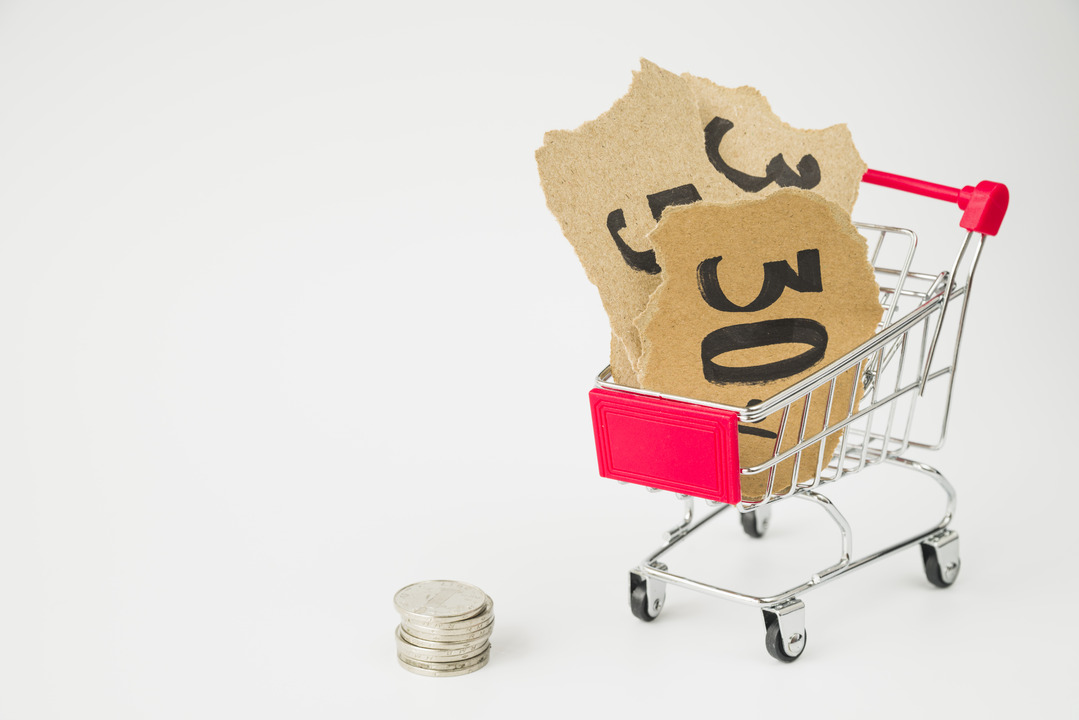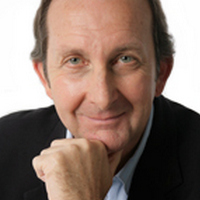

When I ponder why 13 interest rate rises haven’t hurt the economy as much as most would have thought, fans of the Rocky movies might recall one of Stallone’s memorable lines that goes: “You, me, or nobody is gonna hit as hard as life. But it ain’t about how hard you hit. It’s about how hard you can get hit and keep moving forward. How much you can take and keep moving forward.”
So, how have Australians kept on spending, despite the 13 hits of higher interest rates, such that the Reserve Bank Governor isn’t yet saying that rate rises are over? In fact, the Deputy Governor of the RBA, Andrew Hauser, in a speech to the Economic Society, warned us about “false prophets” on forecasting, who think they know better than others, including the RBA.
I guess you could interpret his message many ways. If you want to be mean, you could’ve asked if his old boss Dr Phil Lowe ended up being a false prophet? I took it as he was saying, and I think he pretty well said it, that “…people are vastly too confident about what they truly know”.
Jerry Seinfeld once said that men are allegedly born to build big things like bridges and highways but asked why they don’t. He then answered his own question with “…because it’s very, very hard.”
Yep, Mr Hauser is right, forecasting is very hard and you can’t rely on forecasts from banking economists, surveys by economists, business groups, Treasury, or the RBA itself.
Forecasting is very hard. A revelation from the CBA economics team underlines why 13 rate rises have been slow to work. You see, I’ve always argued that the mortgage cliff would eventually kick in to help the RBA beat down inflation. This is where borrowers on low fixed interest rate home loans that they took out in the pandemic period would be thrown over the lending ‘cliff’ into higher variable rate loans.
Why cliff, when their interest rates were going to go up? I think it’s because when rates rise, their spending on other things, other than their home loan, would fall off the cliff.
While for many this has happened, other factors have explained why the 13 rate rises have been less effective in killing inflation, which now has fallen to 3.8%. However, inflation needs to get into the 2-3% band before the RBA will be willing to cut rates. Of course, if we look like we’re heading for a recession, the big bank could cut, knowing that recessions do kill inflation and it’s only a matter of time.
Working against the RBA’s inflation-beating strategy has been those with no loans and who aren’t renting, which meant they haven’t been touched much by rate rises. Then there are those who built up big saving buffers during Covid, when it was hard to spend on things such as new cars, holidays and going out to expensive eateries.
Many of these savings have been stashed in overpaid mortgages, offset accounts and other investment products. But now the Daily Telegraph’s James Kirby reports that the CBA says, “Australians have almost completely drained their bank accounts of any savings they built up during the pandemic”.
This means the RBA and its rate rises now will have the upper hand. “The “savings buffer” cited by everyone from top bankers to leading economists has all but evaporated in recent months, as consumers used those funds to finance ongoing cost-of-living demands,” Kirby writes. “Commonwealth Bank has examined the numbers and suggests the change will serve to “mute” the impact of personal tax cuts meant to buoy the economy in the second half of the year. With the exception of saving activity relating to mortgages, Australian consumers tapped their rainy day funds heavily through the past 12 months.”
The pandemic savings we squirrelled away amounted to, wait for it, $300 billion, with our rate of savings going from the usual 6% of income to a whopping 20%!
Kirby says the CBA argues that the RBA “…underappreciated the impact this savings drawdown has played in supporting household consumption since the economy reopened”.
I think they’re right, but as Seinfeld might say “forecasting is very, very hard”, especially when central banks and economists have no historical playbook of what modern consumers and savers do in a pandemic-created lockdown of the world economy.
After over three decades of reading, interviewing and listening to our best economic forecasters, I know there are no champion forecasters, who, like prophets, always get it right. But there are great contenders — economists who have better insights than others — who do get it right more often than others.
They are the ones I rely on more when I’m asked about our economic future. But I do know, and I always imply, that forecasting is “…very, very hard!”